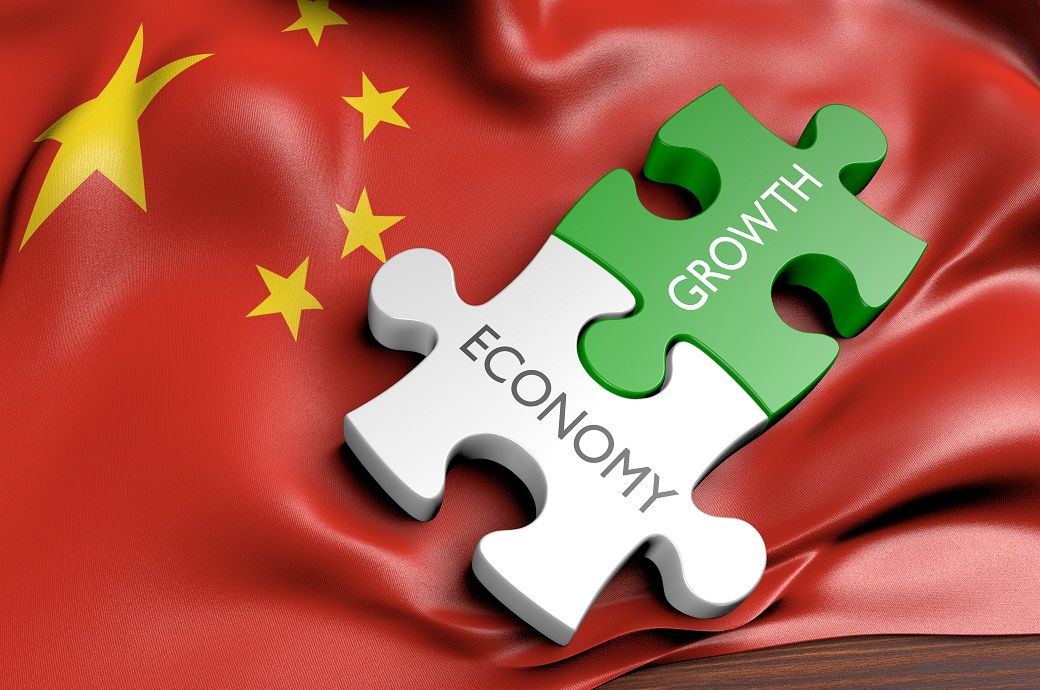
Growth in the East Asia and Pacific (EAP) region is projected to be 4.3 per cent up in 2023, as easing of pandemic-related restrictions allows activity in China to gradually recover. These projections are below those of last June, where regional growth was expected to surpass 5 per cent in 2023-24. Weaker-than-expected goods export growth across the region is one of the regions for downward revisions. Inflation is also expected to ease somewhat after peaking in 2022, as per the report.
In the region excluding China, growth is projected to slow to 4.7 per cent in 2023 as pent-up demand dissipates and declining goods export growth outweighs belated recovery in tourism and travel. While recoveries from the pandemic remain incomplete in many countries, with output in 2023 expected to remain significantly below pre-pandemic trends, elevated prices for energy and other inputs as well as further monetary policy tightening are envisaged to hold back activity this year, especially investment. Per capita income growth in EAP is projected to slow to 3.6 per cent in 2020-23 from an average of 6.2 per cent in the decade before the pandemic.
In Indonesia, GDP is projected to grow by 4.9 per cent on average in 2023-24, only slightly slower than in 2022, reflecting softening but still robust private spending. After the strong rebound in 2022, growth in Malaysia, the Philippines, and Vietnam is expected to moderate as the growth of exports to major markets slows. Growth is projected at 4 per cent in Malaysia and 5.4 per cent in the Philippines. By contrast, growth in Thailand is projected to accelerate to 3.6 per cent in 2023. Output growth in Pacific Island economies is also expected to be boosted by the relaxation of border restrictions.
Downside risks to the forecast for the EAP region include the possibility of renewed pandemic-related disruptions, more prolonged real estate sector stress in China, sharper tightening of global financial conditions, weaker global growth, and more frequent disruptive weather events linked to climate change. A prolonged war in Ukraine and intensifying geopolitical uncertainty could further reduce business and consumer confidence globally and lead to a sharper slowdown than projected in the region’s export growth.
Commodity- and export-dependent economies like Cambodia, Malaysia, Mongolia, and Vietnam are particularly vulnerable to slowing export demand, including from China. The region continues to experience an increasing frequency of highly disruptive weather events linked to climate change.
In terms of recent developments, after a strong rebound in 2021, growth in the EAP region slowed markedly in 2022 to an estimated 3.2 per cent, 1.2 percentage point below previous forecasts. The slowdown was almost entirely due to China (which accounts for about 85 per cent of the region’s GDP), where growth slowed sharply to 2.7 per cent, 1.6 percentage points lower than projected in June. The country faced recurrent COVID-19 outbreaks and mobility restrictions, unprecedented droughts, and prolonged stress in the property sector, all of which restrained consumption, energy production, and residential investment. Fiscal and monetary policy support for domestic demand and an easing of restrictions on the real estate sector have only partially offset these headwinds.
In the region excluding China, the pace of growth more than doubled, rising to 5.6 per cent in 2022. Activity was supported by a release of pent-up demand as many countries continued to lift pandemic-related mobility restrictions and travel bans. Growth in the region excluding China in 2022 was 0.8 percentage point above the June forecast, reflecting upgrades for Malaysia, the Philippines, Thailand, and Vietnam, most of which also benefited from a strong rebound of goods exports.
Consumer price inflation increased across the EAP region in 2022. Notwithstanding this increase, price pressures have been generally more muted in EAP than in other regions. This partly reflects remaining negative output gaps due to a combination of relatively high potential growth and protracted recovery as well as widespread price controls and subsidies.
ALCHEMPro News Desk (DP)
Receive daily prices and market insights straight to your inbox. Subscribe to AlchemPro Weekly!